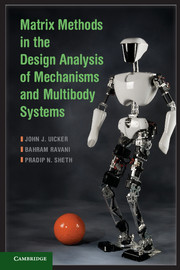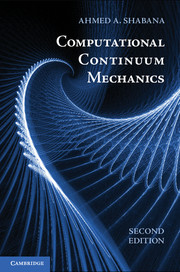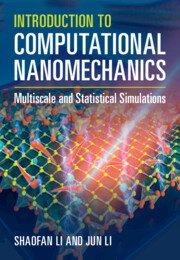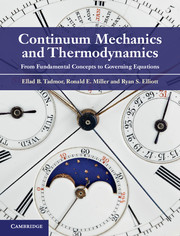Matrix Methods in the Design Analysis of Mechanisms and Multibody Systems
This book is an integrated approach to kinematic and dynamic analysis. The matrix techniques presented are general and fully applicable to two- or three-dimensional systems. They lend themselves to programming and digital computation and can act as the basis of a usable tool for designers. Techniques have broad applicability to the design analysis of all multibody mechanical systems. The more powerful and more flexible the approach, and the less specialisation and reprogramming required for each application, the better. The matrix methods presented have been developed using these ideas as primary goals. Matrix methods can be applied by hand to such problems as the slider-crank mechanism, but this is not the intent of this text, and often the rigor required for such an attempt becomes quite burdensome in comparison with other techniques. The matrix methods have been extensively tested, both in the classroom and in the world of engineering industry.
- Offers an integrated approach to kinematic and dynamic analysis
- Matrix techniques presented have broad applicability to the design analysis of all multibody mechanical systems
- Methods have been extensively tested in the classroom and in industry
Product details
April 2013Adobe eBook Reader
9781107352025
0 pages
0kg
105 b/w illus. 5 tables 65 exercises
This ISBN is for an eBook version which is distributed on our behalf by a third party.
Table of Contents
- 1. Concepts and definitions
- 2. Topology and kinematic architecture
- 3. Transformation matrices in kinematics
- 4. Modeling mechanisms and multibody systems with transformation matrices
- 5. Position analysis by kinematic equations
- 6. Differential kinematics and numeric solution of posture equations
- 7. Velocity analysis
- 8. Acceleration analysis
- 9. Modeling dynamic aspects of mechanisms and multibody systems
- 10. Dynamic equations of motion
- 11. Linearized equations of motion
- 12. Equilibrium position analysis
- 13. Frequency response of mechanisms and multibody systems
- 14. Time response of mechanisms and multibody systems
- 15. Collision detection
- 16. Impact analysis
- 17. Constraint force analysis.





